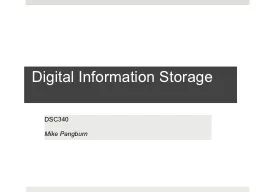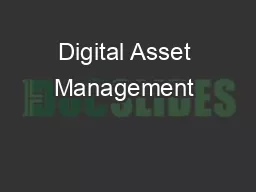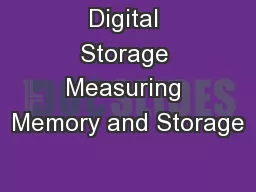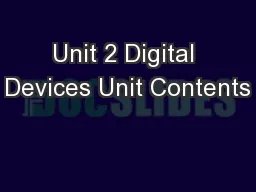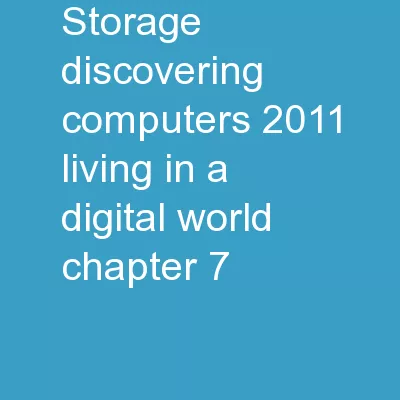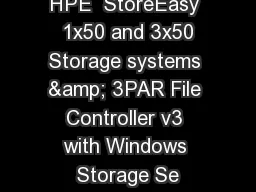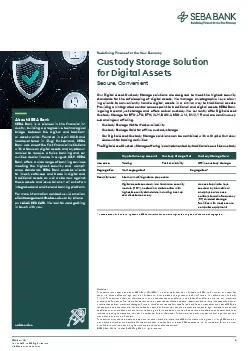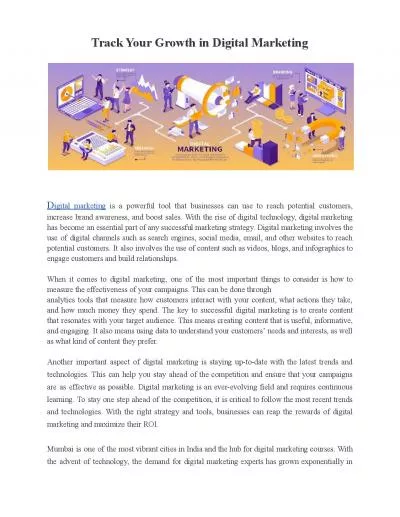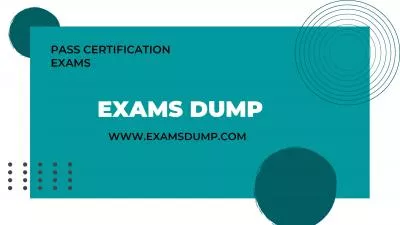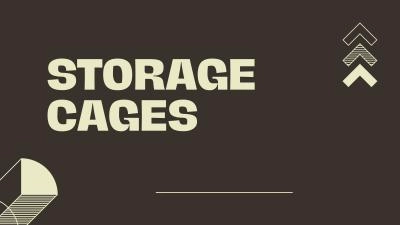PPT-Digital Information Storage
Author : test | Published Date : 2018-03-01
DSC340 Mike Pangburn Agenda Bits and bytes Bandwidth moving bits in time Using 0s and 1s to represent other s Assigning s to keyboard characters Representing pictures
Presentation Embed Code
Download Presentation
Download Presentation The PPT/PDF document "Digital Information Storage" is the property of its rightful owner. Permission is granted to download and print the materials on this website for personal, non-commercial use only, and to display it on your personal computer provided you do not modify the materials and that you retain all copyright notices contained in the materials. By downloading content from our website, you accept the terms of this agreement.
Digital Information Storage: Transcript
Download Rules Of Document
"Digital Information Storage"The content belongs to its owner. You may download and print it for personal use, without modification, and keep all copyright notices. By downloading, you agree to these terms.
Related Documents

